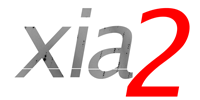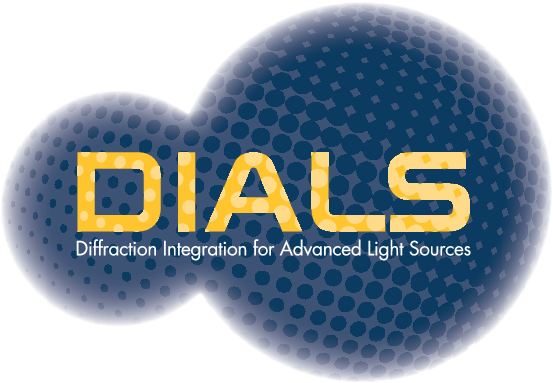Background¶
Users of macromolecular crystallography (MX) are well served in terms of data reduction software, with packages such as HKL2000, Mosflm [1], XDS [2] and d*TREK often available and commonly used. In the main, however, these programs require that the user makes sensible decisions about the data analysis to ensure that a useful result is reached. This manual describes a package, xia2, which makes use of some of the aforementioned software to reduce diffraction data automatically from images to scaled intensities and structure factor amplitudes, with no user input. In 2005, when the xia2 project was initiated as part of the UK BBSRC e-Science project e-HTPX, multi-core machines were just becoming common, detectors were getting faster and synchrotron beamlines were becoming brighter. Against this background the downstream analysis (e.g. structure solution and refinement) was streamlined and the level of expertise needed to use MX as a technique was reducing. At the same time mature software packages such as Mosflm, Scala [3], CCP4 [4] and XDS were available and a new synchrotron facility was being built in the UK. The ground was therefore fertile for for the development of automated data reduction tools. Most crucially, however, the author was told that this was impossible and a waste of time - sufficient motivation for anyone.



